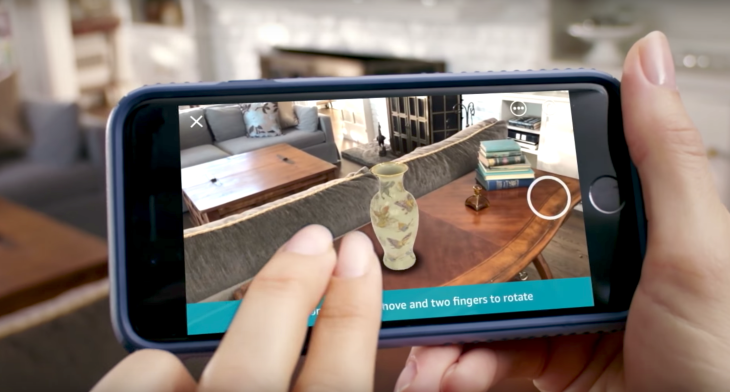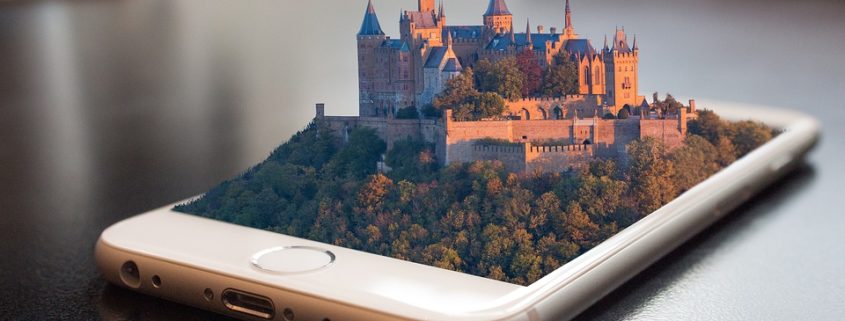The rise of augmented reality for strategic marketing
Social media platforms have become a critical place for advertisers to showcase their products to their target audiences, and with new technologies emerging all the time, businesses are finding new and innovative ways to integrate them into their marketing strategy.
When Snapchat first introduced face filters to their app in 2015, the potential of augmented reality to engage consumers started to be realised. Recently, Facebook announced at its F8 developer conference that it had started to test out AR in the news feed section of the platform. After the recent data security scandals and the associated decline in user growth that have hit the company, wiping billions off its value, it’s no surprise they are trying to find new and engaging ways to win over advertisers and consumers.
These new AR features are only available to a few big-name brands currently, such as Michael Kors, Bobbi Brown and Sephora, but if the tests go well, you can be sure to see them rolled out universally soon.
Instagram also features AR filters in the ‘stories’ section of the app, and since the platform is owned by Facebook, the two apps jointly promise to be the biggest AR platform in the world.

VR vs. AR – What’s the difference?
Many people will remember VR (Virtual Reality) being the big buzz phrase a couple of years ago, enabling consumers to enjoy an immersive experience in a virtual world, using a VR headset. Although the technology is still going strong in the gaming industry, with companies like Google launching new headsets all the time, it has taken a backseat to AR on social media because of AR’s more promising ad revenue potential.
The difference between virtual reality and augmented reality is essentially VR’s ability to take you into a new virtual environment, with 360-degree visuals that you wouldn’t be able to experience in full without a headset. In contrast, augmented reality allows graphics to feature as an overlay on videos or photos on your smartphone or tablet device, providing companies like Facebook with new advertising opportunities to offer their business customers. As Ty Ahmad-Taylor (Vice President of Product Marketing) stated: “People now expect a personalized and visually inspiring experience wherever they shop — whether on their phone or in-store, which is why video will play an increasingly important role in the mobile shopping experience.”

Apple AR Kit, one step ahead?
Apple recently launched a new AR kit which overlays 3D graphics on the screens of the user’s surroundings. Unlike, the experience offered by Facebook and the like, the AR kit has the ability to measure dimensions of objects in the room, as well as delivering motion tracking, making it a more sophisticated all-round experience. The AR kit appears to be a step in the right direction for Apple, as the company looks to innovate in the wake of a surprise drop in sales of its flagship iPhone over the last 12 months.
With technology giants like Facebook, Apple and Snapchat all introducing AR technology into our everyday lives, it is clearly just a matter of time before it becomes a mainstay in the advertisers’ toolbox. Brands are already encouraged by AR’s potential to fuel impulse buying by consumers. If you are a social media user, the chances are, if it hasn’t already, AR will influence you to make a ‘spur of the moment’ purchase soon.











